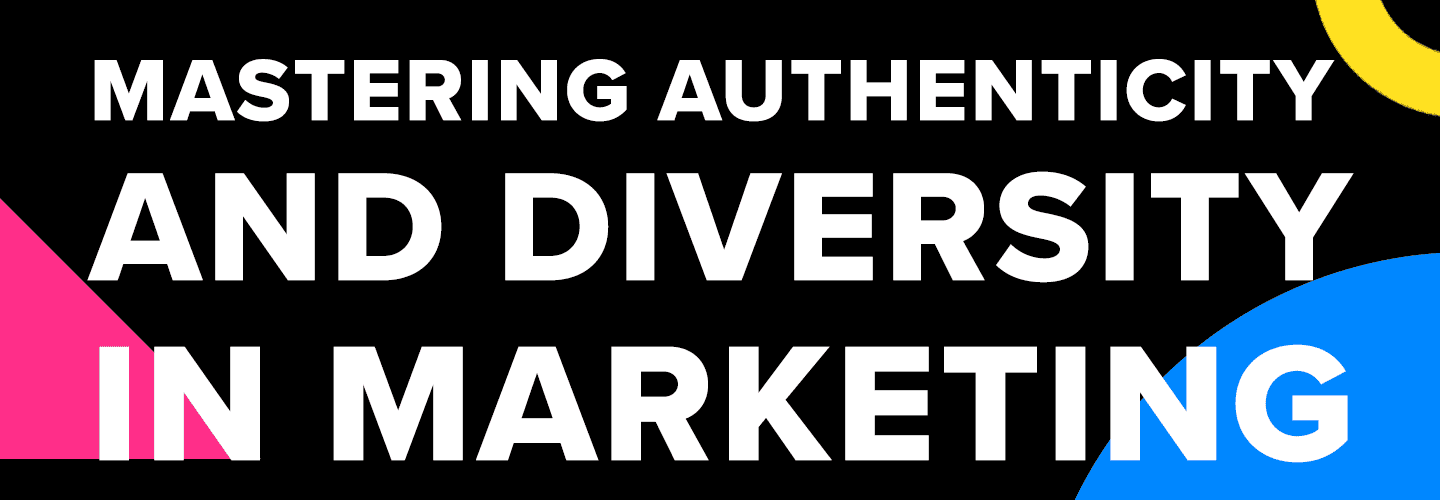Mastering Authenticity & Diversity in Marketing
Top Tips from Storyblocks’ SXSW Panel Picker Session
Representation of diverse communities is being demanded. Many marketers, creators, and business owners are ready to rise to the occasion but are wondering where to start. On March 16th, Sydney Carlton, the Director of Brand Marketing at Storyblocks, joined Maiysha from The Root and two of our Re: Stock artists, Monica Singleton and Jasmine Levya, to discuss how to challenge the lack of representation in media and start creating more authentic and diverse marketing content today. Here are Sydney’s top tips for those of you looking for where to start.
Tip 1: Listen to your customer feedback.
Authenticity and diversity in your marketing is good business. It’s been proven to be more effective, as it resonates better with your audiences. If you listen to your customer feedback, you may find they have already been demanding it loudly. That was the case for us at Storyblocks.
Stock media has the reputation for being really dry, very homogenous, very white. One of the biggest reasons for that is because a lot of stock media is created by Eastern Europeans, a population that typically doesn’t have access to authentic underrepresented populations. For us to successfully meet our customers’ demands we quickly realized it wouldn’t happen overnight, we would have to work to build a totally new pipeline.
“What we’ve set out to do through Re: Stock was to change the pipeline, to change the conversation, to get filmmakers that authentically represent these communities to contribute stock.”
We worked with eight filmmakers, focusing mostly on Black filmmakers and the LGBTQ community and they built some collections that just show everyday humanity in these worlds. Everything from working out, being outside, to eating food, just showing these communities as they are. That type of stock footage, believe it or not, just did not exist before this, despite the resounding demands from stock media consumers.
Tip 2: Understand the community so well that you can authentically capture the nuance.
You know you’ve got it right when the subtle nuances of that community are reflected in the imagery you’ve produced. It could be a snapshot, a few seconds of a clip, or a feature-length film, your audience and the community portrayed will recognize if you have conveniently tokenized them or if you truly worked to accurately portray them.
We saw this captured in our LGBTQ+ collection which featured an interracial lesbian couple. The collection portrayed them at home, in bed, hanging out, and the Black woman had a bonnet on, a small but very authentic detail that is part of the black experience. That was a real couple, shot by a lesbian videographer, and if that lived experience wasn’t authentic that key detail just wouldn’t have been there.
As we start to see this imagery more, in this case, when black women go to bed they wear a bonnet, these cultural practices are no longer othered, it’s now normalized. Now we just have this more inclusive awareness of different cultures and the differences in daily routines and no one has to ask those awkward questions anymore.
Tip 3: Challenge the status quo no matter your position in your organization
Everyone should feel empowered to use their voice to hold their companies and the projects they work on accountable. Ask the questions and raise the concerns, “I don’t think we have the right people in the room for this, or I think that we’re not hitting the mark here.” If you notice something off or someone missing from the conversation you should feel confident in saying, “I think that we need to do better here.” This applies to holding your employers accountable to DEI initiatives as well – “I don’t think that certain populations are getting treated fairly here.” Speak up at every level.
“No matter where you sit in the company, you do have a voice, you can enact change, and leverage that. That’s how you keep the conversation going. People need to know that we’re still watching, we still want this to happen. Even when this conversation is removed from the global stage, accountability is still out there.”
I’ve been advocating for widening the stock media pipeline at Storyblocks since 2018 before I was in the position that I am now at Storyblocks, and I continued to advocate for it as well as other DEI initiatives throughout my time here. Fortunately, I was always listened to. Your organizations’ leadership may surprise you.
Conclusion:
Mastering authenticity & diversity in marketing is essential. The first step to achieving that is always having a team of people with diverse perspectives and experiences. But if you don’t have that yet, or if you just want to widen your perspective, there are three steps that you can take. 1) Listen to your customers — they’ll let you know if your communication is resonating 2) Avoid being generic by learning about the community you’re speaking 3) Get buy-in across your organization so that the marketing doesn’t feel lackluster.



